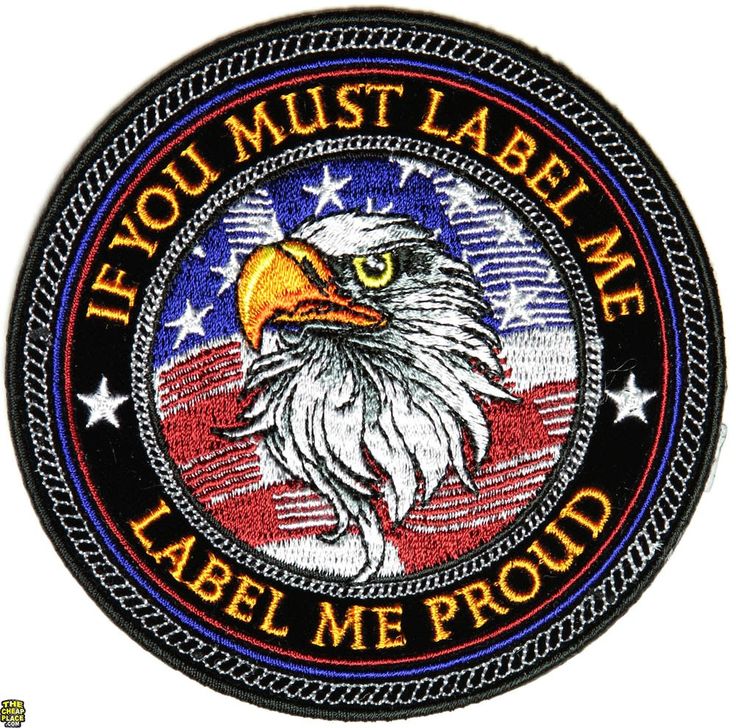 Small letting is determined by the column width more than anything else. To complete a stitch with a 70 needle and 40 thread you need a min of 1 mm of width. This is why small text with serifs don't do well unless you compensate for this minim measurement. At 1 mm and under you need to go to thinner thread and smaller needles. In this instance I recommend a 65/ 9 and 60 thread. BUT you still have to digitize with the thought of how the pantograph will move relative to the needle, thread and substrate. Projects that include these elements have to be thought out. To have someone say ''well I have seen it done before'' begs so many questions. ''Sure you have but how was it accomplished'' would be the big question. You have to remember we are in a one size fits all mentality and it simply isn't a one size fits all when it comes to digitizing.
Small letting is determined by the column width more than anything else. To complete a stitch with a 70 needle and 40 thread you need a min of 1 mm of width. This is why small text with serifs don't do well unless you compensate for this minim measurement. At 1 mm and under you need to go to thinner thread and smaller needles. In this instance I recommend a 65/ 9 and 60 thread. BUT you still have to digitize with the thought of how the pantograph will move relative to the needle, thread and substrate. Projects that include these elements have to be thought out. To have someone say ''well I have seen it done before'' begs so many questions. ''Sure you have but how was it accomplished'' would be the big question. You have to remember we are in a one size fits all mentality and it simply isn't a one size fits all when it comes to digitizing.
Get all your Garment ink, parts and supplies at Garmentprinterink.com



